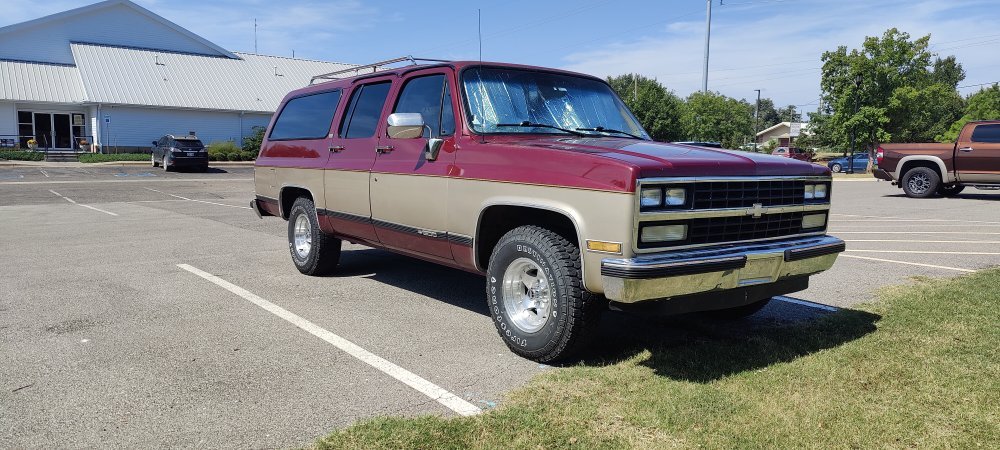Bubba Blaster
Member
- Messages
- 11
- Reaction score
- 28
Hi there,
Seeing various answers regarding the orifice tube size recommended for the older squarebody suburbans with rear AC when doing a R134a conversion. I purchased a .067" but haven't installed yet and am seeing @THEFERMANATOR, who I greatly respect, now recommend a .062". Is it worth ditching the .067" that I have and ordering that one? This is the family hauler and live in OK so I need COLD AC.
I am doing a fully stock R1500, replacing with new 4 Seasons R4 compressor (I know), parallel flow condenser, accumulator, TXV (newer design as recommended), high side pressure switch, adding a 14" pusher condenser fan to the driver side, leaving the stock mechanical radiator fan in place but replacing the HD clutch with a new one.
Thanks!
Seeing various answers regarding the orifice tube size recommended for the older squarebody suburbans with rear AC when doing a R134a conversion. I purchased a .067" but haven't installed yet and am seeing @THEFERMANATOR, who I greatly respect, now recommend a .062". Is it worth ditching the .067" that I have and ordering that one? This is the family hauler and live in OK so I need COLD AC.
I am doing a fully stock R1500, replacing with new 4 Seasons R4 compressor (I know), parallel flow condenser, accumulator, TXV (newer design as recommended), high side pressure switch, adding a 14" pusher condenser fan to the driver side, leaving the stock mechanical radiator fan in place but replacing the HD clutch with a new one.
Thanks!

